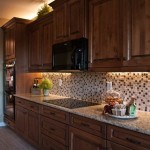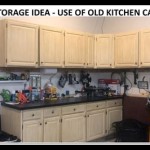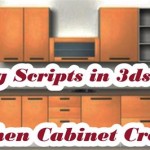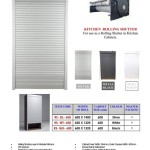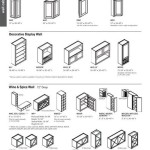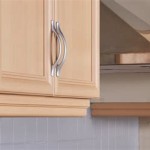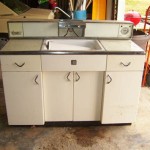Essential Aspects of Kitchen Cabinet Cad Blocks
Kitchen cabinet CAD blocks are a critical component in the design and planning process of kitchens. These blocks provide a convenient and efficient way to represent kitchen cabinets in CAD drawings, allowing designers to create accurate and detailed layouts. To ensure effective use of kitchen cabinet CAD blocks, it is essential to understand their key aspects.
1. Library Organization
Kitchen cabinet CAD blocks are typically organized into libraries or folders based on various criteria, such as cabinet type, style, and size. A well-organized library makes it easy to find and access the appropriate blocks for a specific design.
2. Block Components
Each kitchen cabinet CAD block consists of several components, including the geometry of the cabinet (base, wall, or tall), its door and drawer fronts, handles or knobs, and any additional features such as moldings or decorative elements.
3. Attribute Data
Kitchen cabinet CAD blocks often contain attribute data that provides additional information about the cabinet, such as its dimensions, material, finish, and manufacturer. This data is particularly useful for creating schedules or generating reports.
4. Scalability and Flexibility
To accommodate different design requirements, kitchen cabinet CAD blocks are usually scalable, allowing designers to adjust their dimensions without distorting the geometry. Additionally, some blocks offer flexibility in terms of door and drawer layouts, enabling customization to suit various design preferences.
5. Compatibility
Kitchen cabinet CAD blocks are typically compatible with major CAD software, such as AutoCAD, Revit, and SketchUp. This ensures that designers can easily import and use the blocks in their projects, regardless of the software they are using.
6. 3D Representation
While 2D CAD blocks are commonly used, 3D kitchen cabinet blocks are becoming increasingly popular. These blocks provide a more realistic representation of the cabinets, allowing designers to visualize the kitchen layout in a more immersive way.
7. Parameterization
Some kitchen cabinet CAD blocks may include parametric features, allowing designers to modify certain parameters of the block, such as height, width, or depth. This feature provides greater flexibility and simplifies the process of creating custom cabinet configurations.
8. File Size and Optimization
The file size of kitchen cabinet CAD blocks is an important consideration, especially when working with large drawings. Optimized blocks can help reduce file size without compromising the accuracy of the representation.
9. Standards and Best Practices
To ensure consistency and quality, it is recommended to follow established industry standards and best practices when using kitchen cabinet CAD blocks. These guidelines help maintain uniformity across different projects and facilitate collaboration between designers.
Conclusion
Kitchen cabinet CAD blocks are a valuable tool for kitchen designers, providing an efficient and accurate way to represent and design kitchen layouts. By understanding the essential aspects of these blocks, including library organization, block components, attribute data, scalability, compatibility, and other features, designers can effectively harness the power of CAD blocks to create stunning and functional kitchens.

Pin On Architecture Plan Stencils

Kitchen Cad Block Dwg Cadblocksdwg

Kitchen Cad Blocks Autocad Free

Furniture 17 Kitchen Dwg Free Cad Blocks

Cad Corner Free Autocad Blocks Hatch Patterns Lisp And Text Styles

Dynamic Kitchen Cabinet Elevation Cad Drawing Details Dwg File Cadbull

Pin On Архитектура

Cad Corner Free Autocad Blocks Hatch Patterns Lisp And Text Styles

House Kitchen Cabinet And Furniture Cad Drawing Details Dwg File Cadbull

Kitchen Furniture In Autocad Cad Free 61 62 Kb Bibliocad
Related Posts

